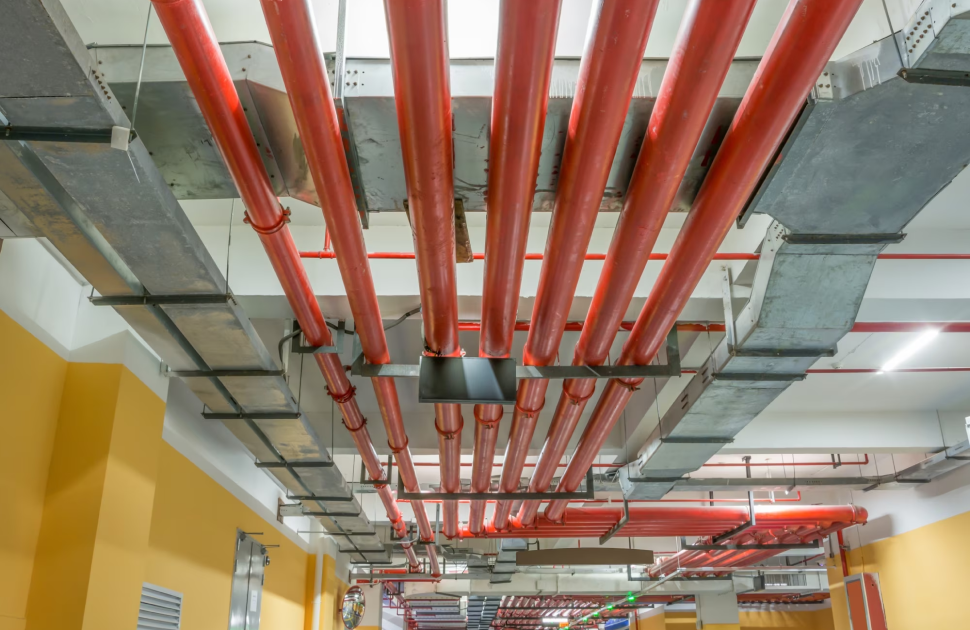Non-destructive testing (NDT) is an important method of evaluating the properties of a material, component, or system without causing any damage.
This makes it an invaluable tool in many different industries, where safety, reliability, and efficiency are paramount concerns. In this article, we will look at the different NDT methods and their applications.
Visual Inspection is the most basic method of NDT. It involves the examination of the surface of a material or component with the naked eye or with the use of magnifying devices.
This method is used to identify surface defects such as cracks, scratches, corrosion, or other abnormalities. It is commonly used in the construction industry, where it is used to inspect welds, bolts, and other structural components for any signs of defects or damage.
Radiographic Testing is another popular NDT method, which uses X-rays or gamma rays to produce images of the internal structures of materials and components.
This method is useful in detecting internal defects such as cracks, voids, or inclusions, and is commonly used in the aerospace and automotive industries to inspect engine components and airframes. It can also be used to detect corrosion in pipelines and pressure vessels.
Ultrasonic Testing uses high-frequency sound waves to detect internal defects or variations in thickness in a material or component.
It is commonly used in the manufacturing industry to inspect welded joints, castings, forgings, and other structural components for any signs of defects or damage. It is also used in the medical industry for imaging soft tissues and organs, and in the automotive industry for inspecting engine components and transmissions.

Magnetic Particle Testing uses magnetic fields to detect surface and near-surface defects in ferromagnetic materials.
This method is commonly used in the aerospace and automotive industries to inspect critical components such as engine crankshafts, gears, and bearings for any signs of defects or damage.
Liquid Penetrant Testing involves the application of a liquid to the surface of a material or component, which is then drawn into any surface-breaking defects, making them visible.
This method is commonly used in the aerospace and automotive industries to inspect engine components, airframes, and other structural components for any signs of defects or damage.
Eddy Current Testing uses electromagnetic fields to detect surface and near-surface defects in non-ferromagnetic materials.
It is commonly used in the aerospace and automotive industries to inspect critical components such as turbine blades, airfoils, and rotors for any signs of defects or damage.
Acoustic Emission Testing uses the detection of sound waves emitted from a material or component to determine the condition of the material or component.
This method is commonly used in the energy and manufacturing industries to inspect pipelines, tanks, and pressure vessels for any signs of defects or damage.
In conclusion, Non-destructive Testing (NDT) is a critical tool in many different industries for ensuring safety, reliability, and efficiency.
NDT techniques are used to inspect and assess the condition of a wide range of materials, components, and systems, including metals, ceramics, polymers, composites, and concrete.
The different NDT methods have their own specific applications and advantages, and the choice of method will depend on the specific material, component, or system being evaluated.
It is important that NDT is performed by certified and qualified personnel who are trained in the specific NDT method or methods being used to ensure accurate results.
.png)









